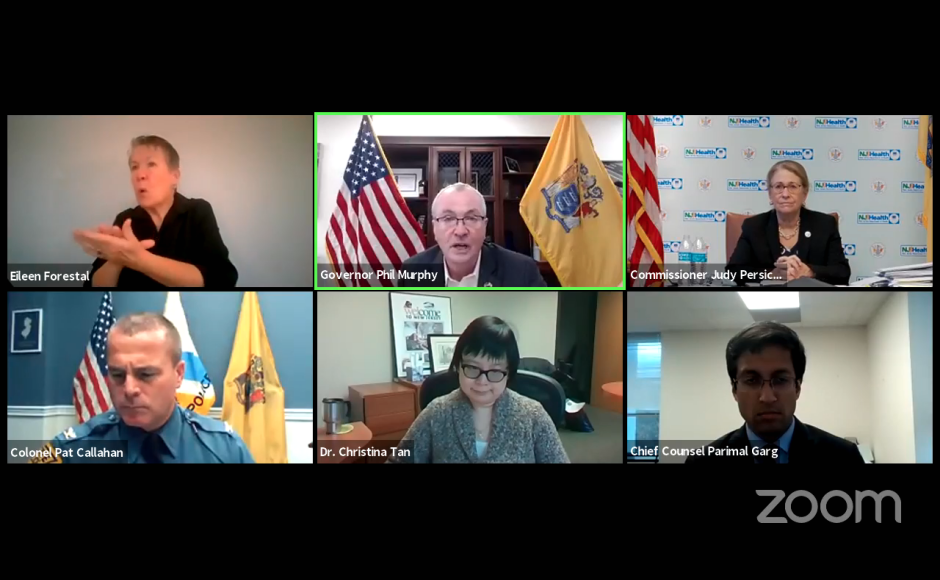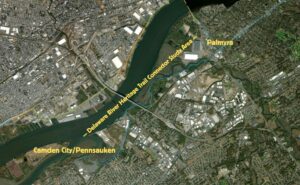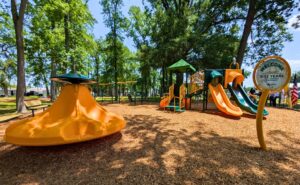 New Jersey COVID-19 Briefing - 10-29-20. Credit: NJ Pen.
New Jersey COVID-19 Briefing - 10-29-20. Credit: NJ Pen. New Jersey COVID-19 Briefing - 10-29-20. Credit: NJ Pen.
New Jersey COVID-19 Briefing - 10-29-20. Credit: NJ Pen.Related posts

Pennsauken, Palmyra to Study Four-Mile Connector Trail
A $125,000 federal transportation grant will cover the cost of the study, which is meant to facilitate safe crossing across the Pennsauken Creek and Route 73, drive economic development, and offer non-car alternatives to reach mass transit. Sign in or subscribe to continue reading…
July 3, 2025
Audubon Commemorates New Playground Equipment as Next Phase-in at Municipal Park
The borough cut the ribbon on a newly installed playground for children aged two to 12 at Audubon Family Park. Its costs were offset by $90,000 in state open space grants, which elected officials say make it easier to support future planned expansions at the site. Sign in or subscribe to continue reading…
June 24, 2025